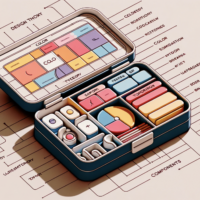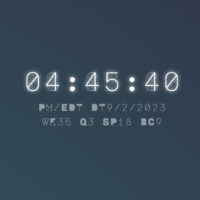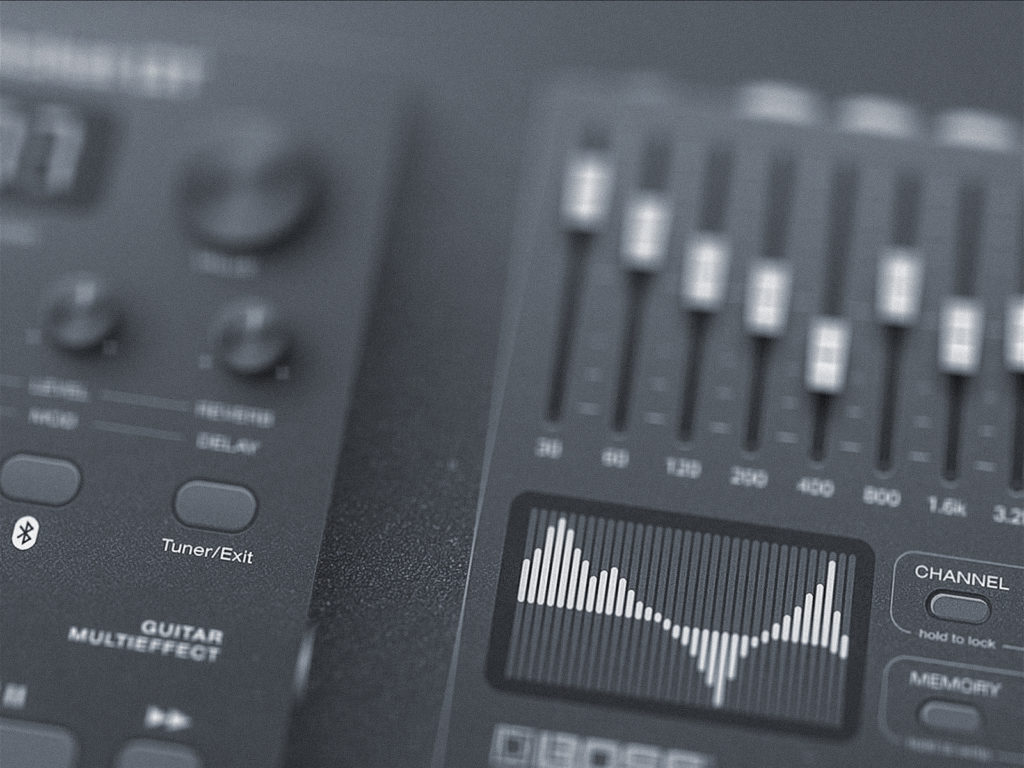
Summary: Skeuomorphism is a term most often used in graphical user interface design to describe interface objects that mimic their real-world counterparts in how they appear and/or how the user can interact with them. A well-known example is the recycle bin icon used for discarding files. Skeuomorphism makes interface objects familiar to users by using concepts they recognize.
Skeuomorphism defined
Skeuomorphism can best be defined as the practice of creating digital elements that have the intentional design and interactions of their real-life counterparts. This means designing user interfaces to look, feel, and sound like everyday objects for the purpose of added familiarity. Everything from buttons and check boxes to drop-down menus are commonly designed with this technique. Skeuomorphic designs evoke a sense of nostalgia because they remind users of tangible items found in their day-to-day life, helping them understand how to interact with the interface more quickly and easily. The beauty lies in how designers manage to mix classic features with modern technology, bridging together simpler days with cutting edge advancements.
Examples of skeuomorphism in design
Skeuomorphism is a design principle that takes its cues from natural materials and processes to create digital interfaces that are both aesthetically pleasing and user-friendly. It can be seen in many everyday items, such as the leather stitching on drop-down menus or shadows that give the impression of real cracks in the surface of an object. Skeuomorphism is also used for making buttons look more tactile through reflective surfaces, embossed lines or even applying a wood finish. Ultimately, skeuomorphism seeks to bridge the gap between physical and digital by providing a visual connection with tangible items to make the overall experience more comfortable and consistent.
Via Dribbble / Mik Skuza

Via Dribbble / Gavin Nelson

Via Dribbble / Max ⚡️ Osichka
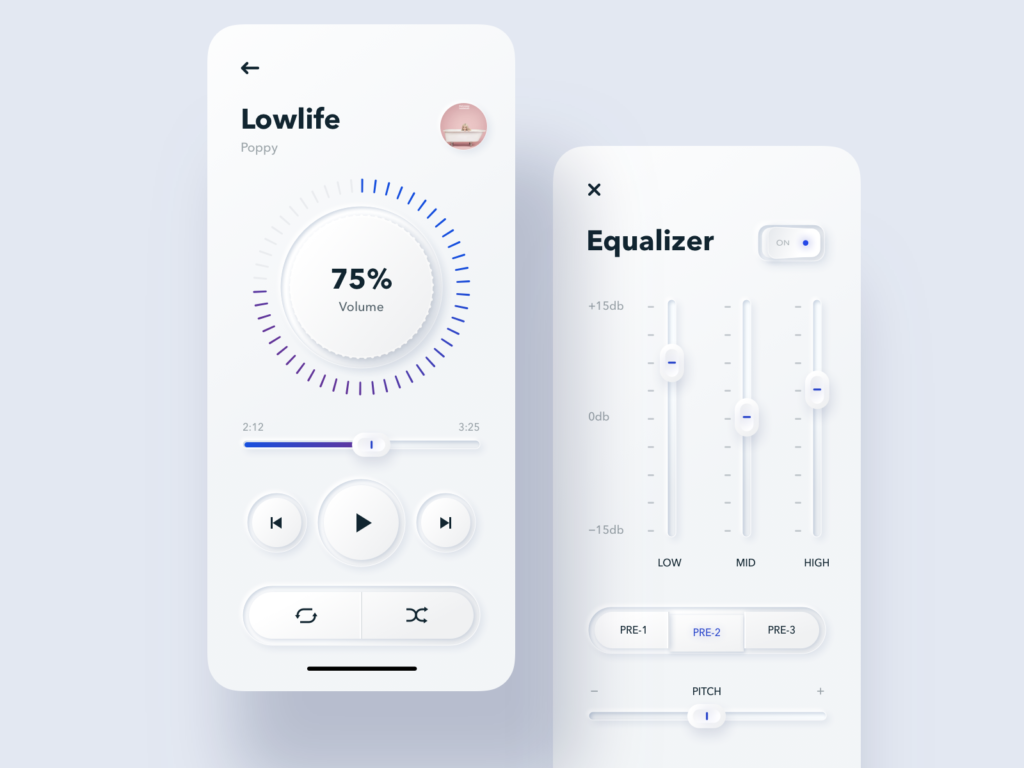
Via Me / Start Button
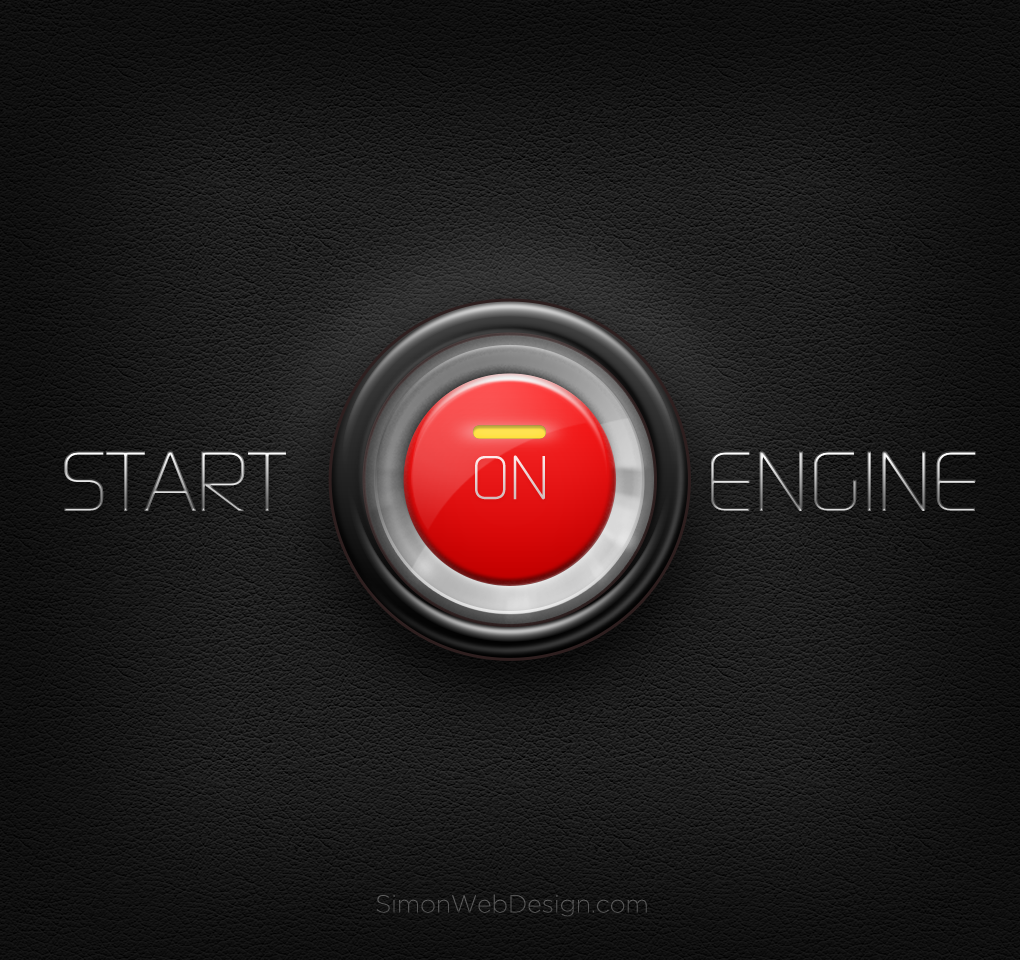
Via Dribbble / Rengised

Via Dribbble / Virgile Arlaud
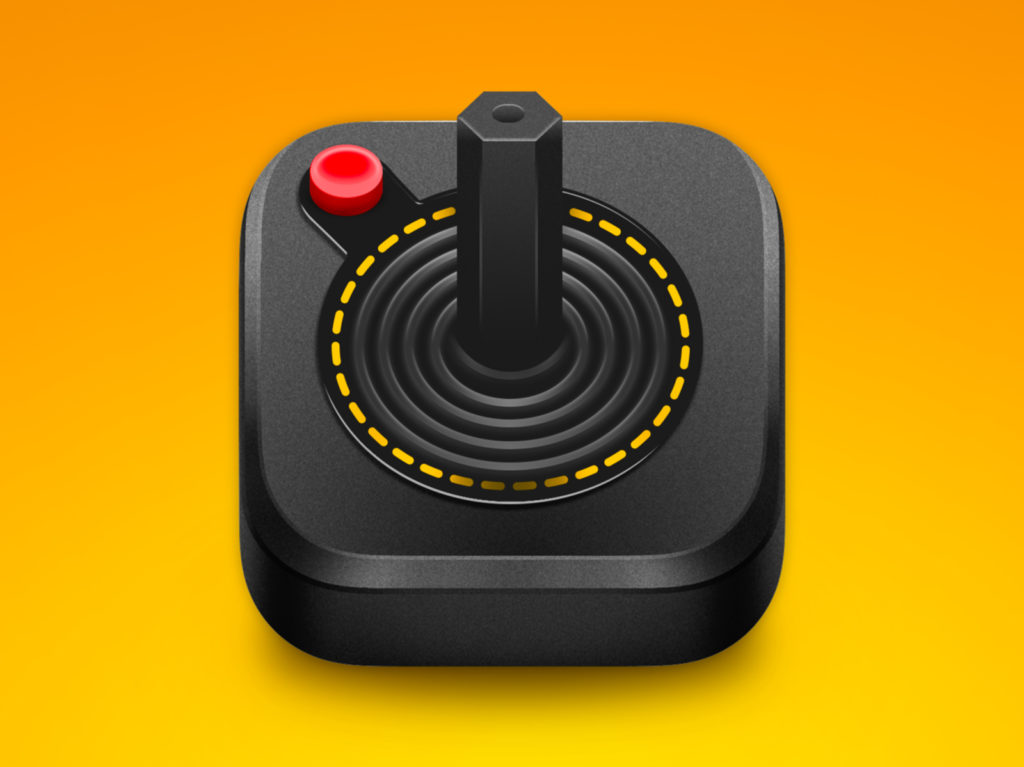
Skeuomorphism draws from life
By combining traditional graphics and modern schemes, a skeuomorphic element can be used to make the user comfortable with a new product or environment. Skeuomorphic designs create a sense of nostalgia and remind us of what we find comforting in life – from antique clocks to knobs and dials of yesteryear. This familiarity helps users to become quickly accustomed to their interface, meaning quicker results for businesses. Beauty isn’t just skin-deep with skeuomorphism, it has much deeper implications for both our comfort levels on the one hand and productivity on the other.
Utilizing skeuomorphism into design
Incorporating skeuomorphism into design offers numerous benefits. This technique, which involves the stylization of digital elements in a manner that mimics their real-life counterparts, adds depth and context to any design. It is also an incredibly adept way to create intuitive interfaces for users, as it cues them on how to use digital tools by channeling the familiarity of physical objects. By leveraging skeuomorphic techniques in a strategic manner, designers can create aesthetically pleasing experiences that feel natural and effortless while creating useful mental models in users’ minds.
Skeuomorphism can create a more user-friendly experience
By making digital experiences resemble their physical counterparts, skeuomorphism allows users to interact with product designs in a comfortable and familiar way. Additionally, it allows for a more intuitive interface which increases usability, as it reduces unnecessary cognitive load and helps users take full advantage of the features within the given product. In today’s world where digital experiences are prevalent, skeuomorphism is a critical tool allowing us to create enjoyable and efficient user experiences.
Conclusion
Skeuomorphism is a compelling concept in design, providing users with familiar visual cues and interactions that are both attractive and user-friendly. By taking cues from items from the natural world and incorporating them into the digital spaces, skeuomorphism can provide an intuitive experience as it bridges analog to digital. Through this bridge, designers have the ability to create beautiful products that also serve a primary purpose: being both aesthetically pleasing and easy to use for any type of user. While skeuomorphism may remain a niche concept, understanding it provides invaluable insight into the depths of design’s capabilities when combined with common sense principles. After all, who better to trust than our own intuition?
Resources for Skeuomorphic Design
- https://xd.adobe.com/ideas/principles/web-design/flat-vs-material-skeuomorphic-examples/
- https://www.interaction-design.org/literature/topics/skeuomorphism
- https://www.sketch.com/blog/complete-guide-skeuomorphism/
- https://medium.muz.li/skeuomorphic-design-a-controversial-ux-approach-that-is-making-a-comeback-a0b6e93eb4bb
- https://www.designer-daily.com/great-examples-of-skeuomorphism-in-design-31049


